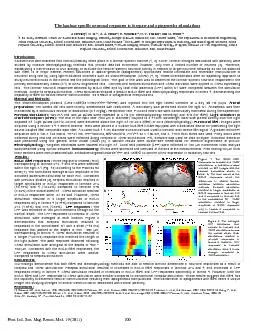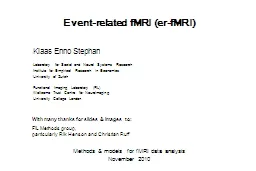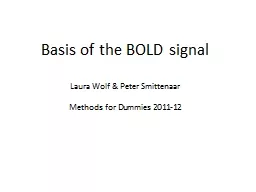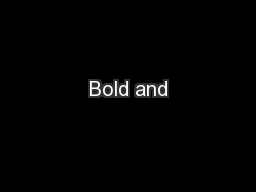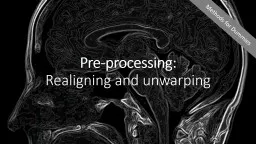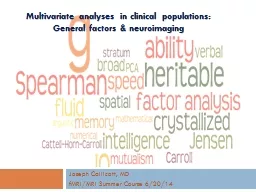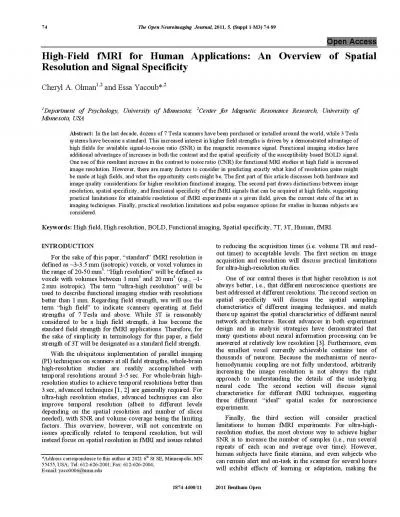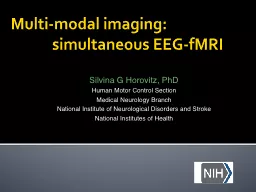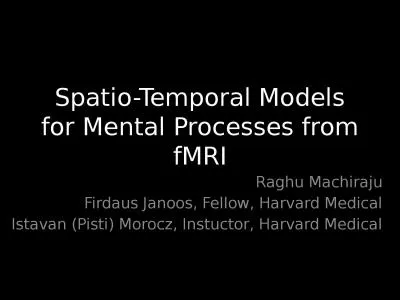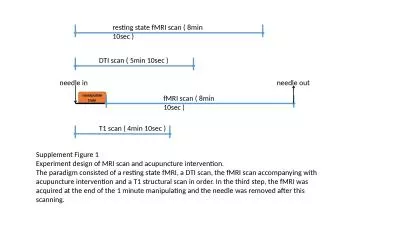PDF-The BOLD fMRI
Author : min-jolicoeur | Published Date : 2016-12-19
a a b Figure 1 responses to forepaw and ChR2 stimulations a activation zmaps overlaid on EPI images with the laminae boundaries shown in black b The time course
Presentation Embed Code
Download Presentation
Download Presentation The PPT/PDF document "The BOLD fMRI" is the property of its rightful owner. Permission is granted to download and print the materials on this website for personal, non-commercial use only, and to display it on your personal computer provided you do not modify the materials and that you retain all copyright notices contained in the materials. By downloading content from our website, you accept the terms of this agreement.
The BOLD fMRI: Transcript
Download Rules Of Document
"The BOLD fMRI"The content belongs to its owner. You may download and print it for personal use, without modification, and keep all copyright notices. By downloading, you agree to these terms.
Related Documents

